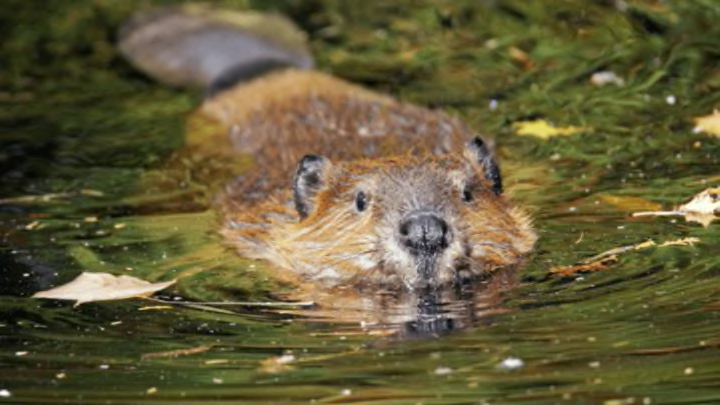Oregon was once home to squirrel-sized miniature beavers. A new analysis of prehistoric creatures found in the John Day Formation, a large fossil preserve in Oregon, has uncovered a new species of beaver-like rodents that lived 28 million years ago. The findings are published in the Annals of Carnegie Museum.
Microtheriomys brevirhinus, as the new species is called, is unusual because though it's much smaller than the modern beaver, it seems more closely related to it than to beavers of its own time. Many ancient beavers burrowed into the soil, but M. brevirhinus appears to have swam and built dams, based on what scientists can tell from the creature's skull and teeth.
The John Day fossil beds, now a national monument, were formed by volcanic ash that settled over central Oregon. The region holds one of the most complete collections of animal and plant fossils in North America, with specimens spanning 40 million years entombed in the layers of rock.

The view from a trail in John Day Fossil Beds National Monument. Image Credit: Finetooth via Wikimedia Commons // CC BY-SA 3.0
M. brevirhinus patrolled this region during the Oligocene period. They weren’t the only beaver types running around. “While there is relatively little castorid (beaver species) diversity today, there are hundreds of species (many of which are really important members of their faunal communities) in the fossil record of the Northern Hemisphere,” University of Oregon paleontologist Samantha Hopkins told the AP. The history of these ancient beavers can help scientists understand how mammals evolved.
[h/t: Smithsonian]
